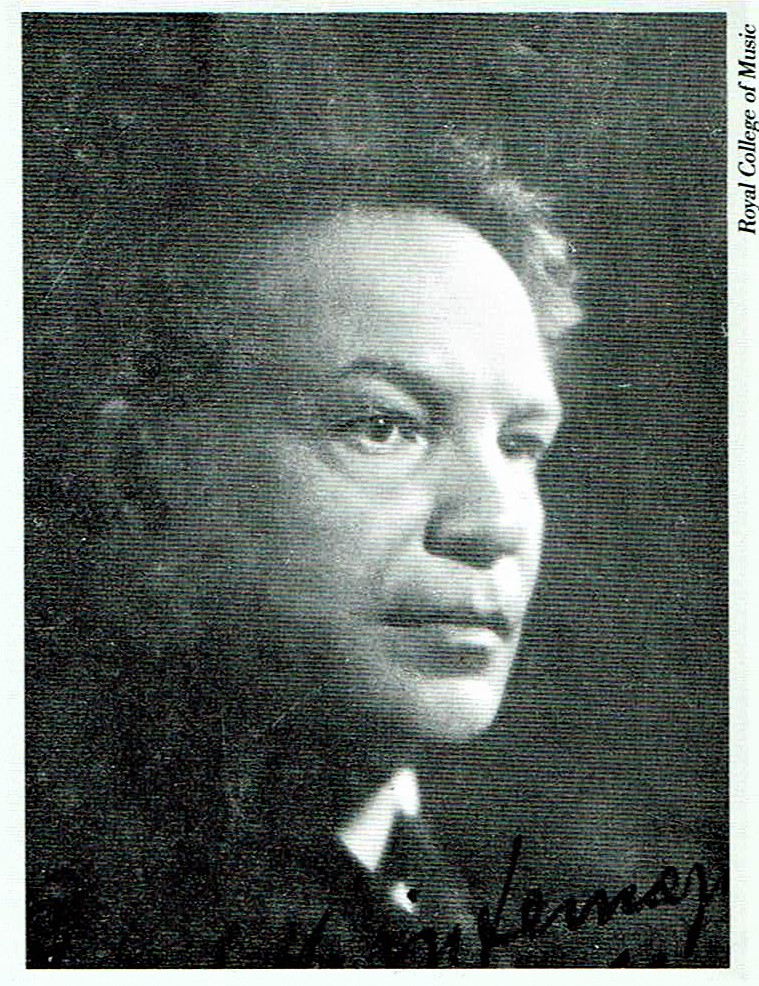
Grove Koger
This review of the most famous works by Ottorino Respighi, who was born July 9, 1879, appeared originally in the Feb./March 1993 issue of Disc Respect, published by Boise’s Record Exchange.
□□□
Ottorino Respighi: Fountains of Rome; Pines of Rome; Roman Festivals. Yan Pascal Tortelier, The Philharmonia. Chandos 8989
Like Ravel’s Bolero, Respighi’s popular Roman tone poems have suffered from overexposure. Repetition breeds familiarity, and we all know what familiarity breeds. But when I put on a new CD of these “old” favorites, I was won over immediately by their invention and just plain gorgeousness.

The Fountains of Rome (Fontane di Roma) describes four famous fountains at four distinct times of day, from the Fountain of the Giulia Valley at sunrise to that of the Villa Medici at sunset. The music rises out of the stillness of dawn and falls away some 16 minutes later in measured, melancholy beats as dusk draws in. The piece’s high point catches the baroque Trevi Fountain at midday, and paints a brassy fantasy of sea horses, sirens and tritons engulfed in spray.
Fountains is lightly orchestrated and—by the standards of Respighi’s later work at least—subtly colored. Yet its premiere in 1917 earned the composer a generous round of abuse. But a second performance under the baton of fellow countryman Arturo Toscanini proved far more successful.
The Pines of Rome (Pini di Roma) appeared seven years later, and Roman Festivals (Feste Romane) five years after that. Each follows the same format, four sections played without breaks, but each is longer and louder than its predecessor. As if to tweak his critics, Respighi wrote in a phonograph recording of a nightingale in the third section of Pines, a musical description of the wooded Janiculum Hill bathed in moonlight. And in Festivals he pulled out all the stops producing a Technicolor extravaganza incorporating some pretty flashy dissonance and what one of the references assures me are “Greco-Roman modalities.” Upon hearing it early one morning, a close friend dubbed the piece “caffeine for the ears.”
Yan Pascal Tortelier and the Philharmonia (London) provide beguilingly atmospheric performances of Fountains and Pines, and tackle Festivals with abandon. The dynamic range of the Chandos recording is so wide that I found myself moving from room to room to adjust its extremes. As I mentioned, there are a number of CDs of these three pieces available, including some remastered versions at budget prices. If I had to rank them all, I’d put the Chandos near or at the top, but then I’ve never actually heard Respighi played badly. And when it comes right down to it, what better recommendation is there than that?
□□□
Musicians and manufacturers love it when you buy their recordings, but if you aren’t able to, YouTube usually has multiple versions available. And for more musical reviews from Disc Respect, see my posts for 12/10/18 and 3/27/19.
The painting on the cover of the CD notes is The Villa D’Este by British artist Samuel Palmer (1805-1881).